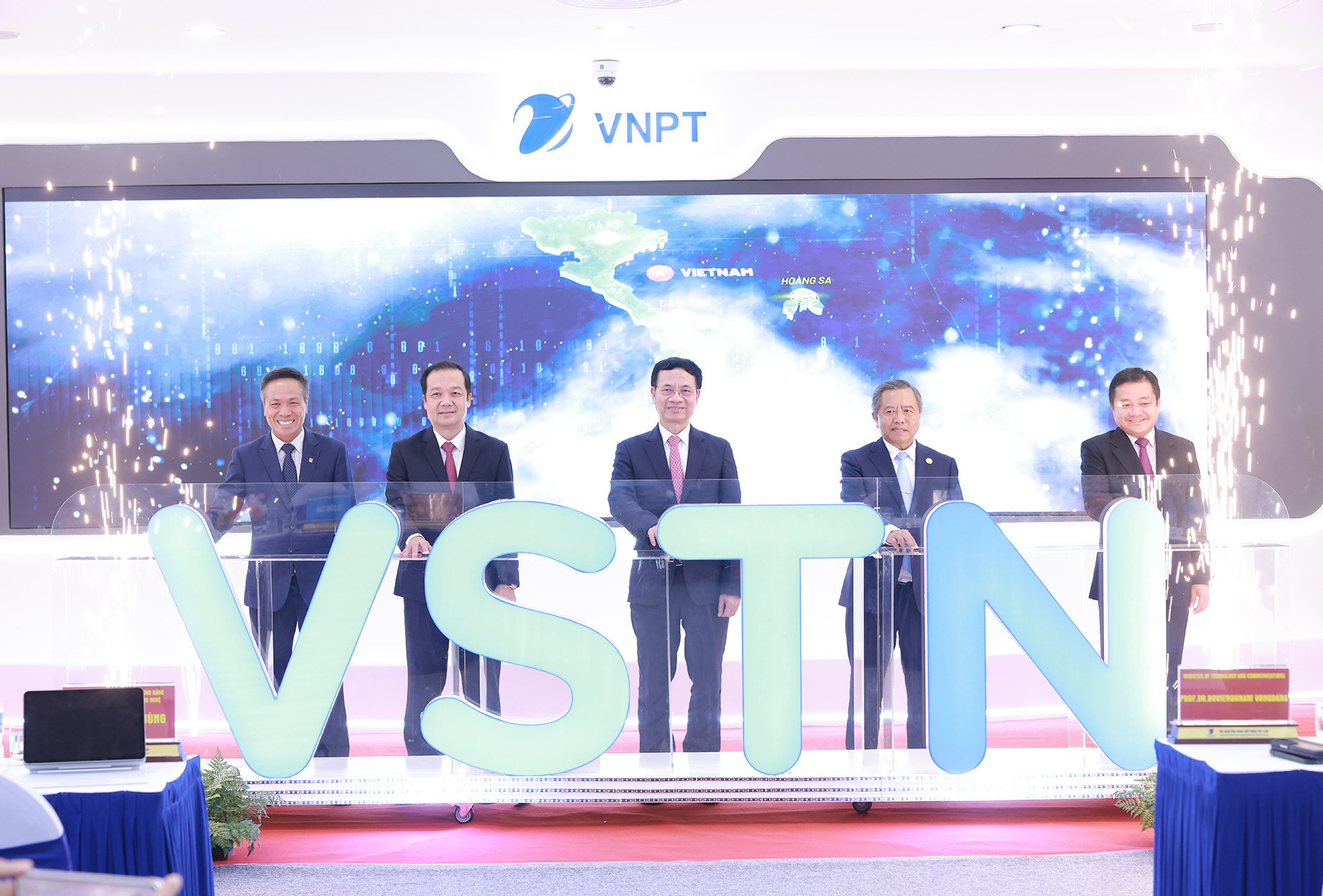The VSTN cable, spanning approximately 3,900 kilometers, runs through five countries: Vietnam, Laos, Thailand, Malaysia, and Singapore. Built entirely on land, the line links VNPT’s technical center in Da Nang to major regional data hubs, including IDC Telehouse (Thailand), MY01 Cyberjaya, Equinix JH01 Johor Bahru (Malaysia), and Equinix and Global Switch (Singapore).
This marks a turning point, as Vietnam is no longer wholly dependent on undersea cables for international internet connectivity.
With VNPT having full control of the VSTN cable from end to end, the system allows for independent operation and faster response times to outages. Amid frequent and prolonged disruptions to Vietnam’s undersea cables, the VSTN line serves as a strategic backup that enhances the stability, autonomy, and security of the country’s telecom infrastructure.
VSTN employs state-of-the-art DWDM (Dense Wavelength Division Multiplexing) transmission technology. Each wavelength supports a minimum capacity of 300 Gbps. The entire system is designed with an initial capacity of 4 Tbps, expandable to 12 Tbps or more, meeting both current demand and future growth.

More than a technological achievement, the VSTN project is a strategic step toward full national control over telecom infrastructure. It strengthens data security and ensures seamless, reliable transmission under all circumstances.
Speaking at the launch event, Minister of Science and Technology Nguyen Manh Hung emphasized that telecom infrastructure in Vietnam is evolving into digital infrastructure that supports the entire economy. Ensuring its safety and sustainability is essential, and that includes having diverse cable paths - especially terrestrial ones, which are easier and faster to repair.
“The first international cable Vietnam joined was TDH, built in 1996, 29 years ago. But we were only a partner in that project. Until now, Vietnam had never fully owned an international cable system,” the Minister said. “With determination and swift action, VNPT has deployed the VSTN land cable - Vietnam’s first 100% locally invested international cable line. I hope more such initiatives will follow.”
“I congratulate VNPT on launching this pioneering cable line, connecting multiple ASEAN countries. It is a vivid symbol of a digital ASEAN. I wish for Vietnam’s digital infrastructure to become super-broadband, high-capacity, widespread, smart, open, safe, sustainable, and green,” the Minister added.
VNPT CEO Huynh Quang Liem shared that 16 years ago, in 2009, VNPT joined its first undersea cable project - the AAG line with a capacity of 220 Gbps. That same year and in 2012, VNPT also launched the Vinasat-1 and Vinasat-2 satellites to serve domestic, international, and defense needs.
Now, VNPT operates five major undersea cable systems including AAG, APG, AAE-1, and the recently added SJC-2, with a total bandwidth capacity nearing 36 Tbps. This infrastructure positions VNPT as one of Vietnam’s most capable transmission providers.
However, Huynh noted that in recent years, undersea cable operations have faced mounting challenges. Since 2022, nearly 40 incidents have occurred, averaging more than 10 failures per year. At times, four out of five international undersea cables suffered simultaneous disruptions, slashing VNPT’s international bandwidth by over 73%. In extreme cases, transmission capacity dropped to just 2 Tbps out of 8.8 Tbps.
Repairs to undersea cables are also hindered by external factors, leading to prolonged downtimes. In the past 2–3 years, repair times have stretched to 2–3 months, with some cases - such as the AAG cable in late 2022 to early 2023 - taking up to 12 months.
“The launch of the VSTN line not only expands our network but also proves that Vietnamese people can master even the most complex and secure modern technologies,” said Huynh Quang Liem.
Thai Khang